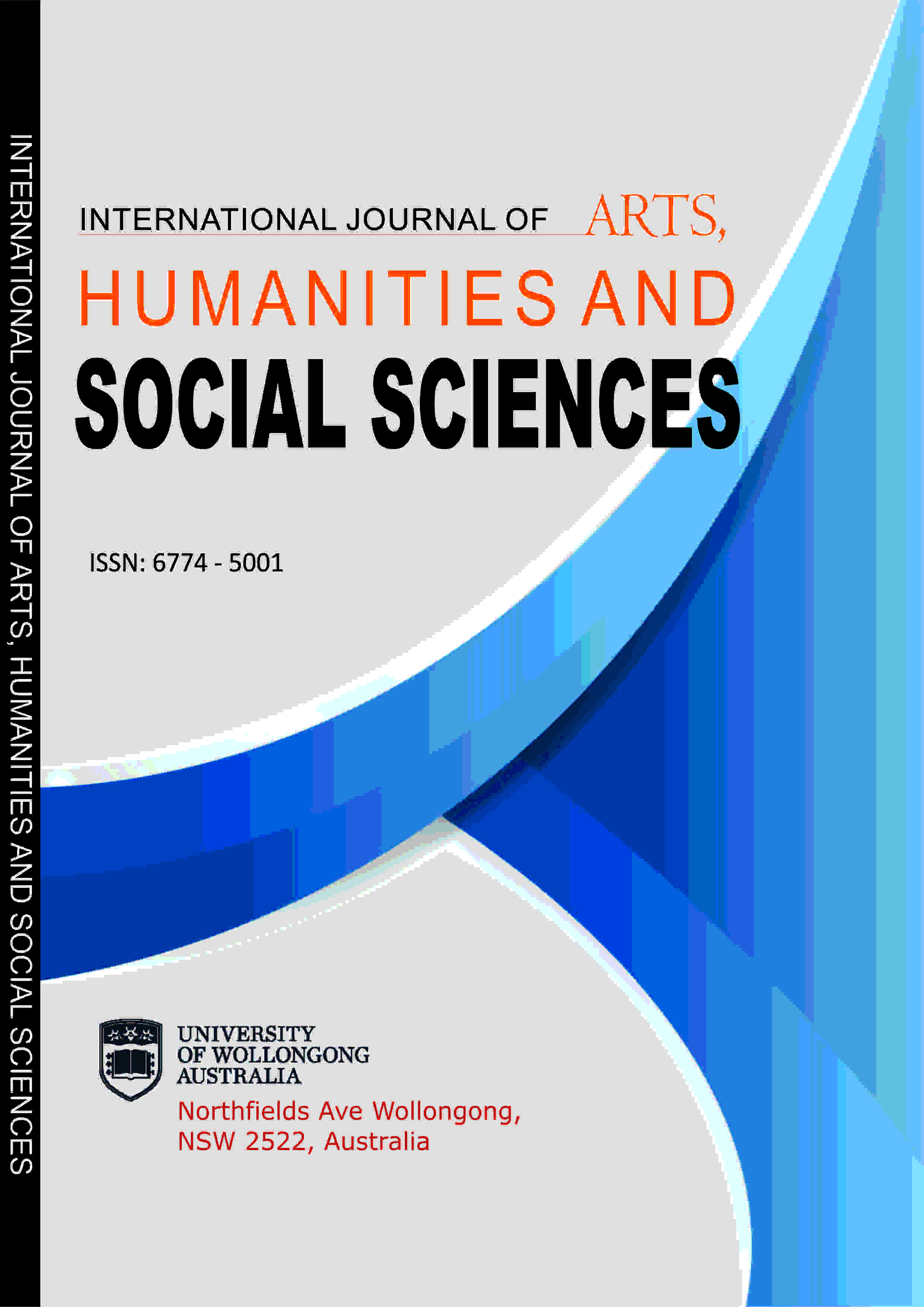INTERNATIONAL JOURNAL OF ARTS, HUMANITIES AND SOCIAL SCIENCES (IJAHSS)
RECEPTION AESTHETICS IN ENGLISH TRANSLATIONS OF POETRY FROM HONG LOU MENG: A CASE STUDY OF "ZANG HUA CI"
E-ISSN: 2579-048X
P-ISSN: 6774-5001
DOI: https://iigdpublishers.com/article/811
Chinese classical poetry is a valuable cultural asset, and effectively conveying the aesthetic effect of classical poetry in cultural exchange is crucial to the dissemination of Chinese poetic culture. The effect of the Western transmission of this classic work may be seen through the lens of receptive aesthetics. In order to investigate the reasons for their construction and how the translators’ translation tactics affect the readers’ reception, this study examines two English translations of Hong Lou Meng’s “Zang Hua Ci,” namely Yang Hsien-Yi’s and Hawkes’. The study finds that the translations, though not perfect, do their best to fit the readers’ expectation vision of the era, which enables the integration of the translator and the author, the target readers and the vision of the translation. To a certain extent, this is a good way to achieve the purpose of cross-cultural communication.
Qingqing Yang & Tianyuan ZHU
Cao Xueqin, (1994). A Dream of Red Mansions. Beijing: Foreign Language Press, pp1-9.
Chen Hongwei, Jiang Fan. (2004). “A Memorable Journey: Descriptive Study of the English Translation of Dream of the Red Chamber,” in Liu Shicong, Cui Yonglu, et al. (eds.), Red Chamber Translation Review: Collection of Research Papers on Translation of “Dream of the Red Chamber”. Tianjin: Nankai University Press, pp 39-45.
Wu Shichang (1980). “On the Publication of English Translations of Dream of the Red Chamber”, Reading, Vol. 2, pp78-90.
Lei Yuanjie (2012). “Image Analysis and Art of English Translation of Lin Daiyu’s Poetry in Dream of the Red Chamber”, MA thesis, Shanghai International Studies University.
Zhong Shuneng & Ou Weihua (2004). “Translation of Cultural Information in Poems of Dream of the Red Chamber.” in Foreign Languages and Foreign Language Teaching, Vol. 04,pp45-48.
